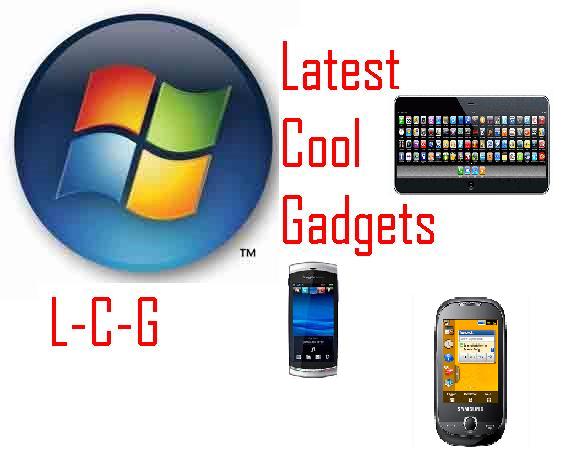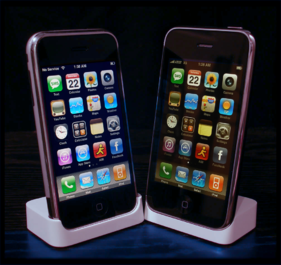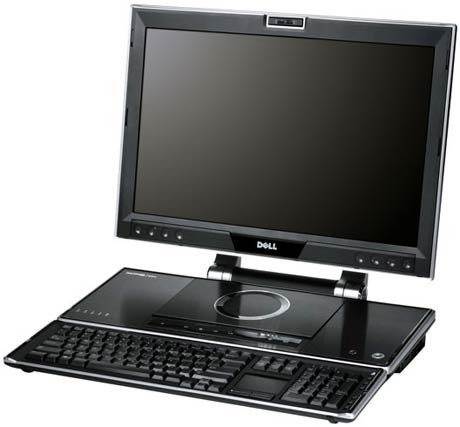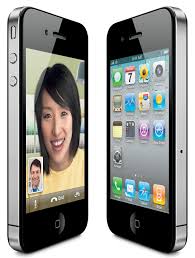
Welcome to latest cool gadgets the website where you out all about the latest gadgets. This website is published by Harry Small and Ryan Romeo.
BUT REMEMBER NOT ONLY MODERN THINGS ARE GADGETS YOUR LAPTOP OR COMPUTER YOU ARE VEIWING MY WEBSITE ON IS A GADGET, SO JUST REMEBER THAT!!!!!!!!!!!!!!!!!!!!!!!!!!
I would also reccomend this website it isn't finished yet but i like it Http://www.taylorsmotors12.yolasite.com
Latest update: 10/02/2010
Down below is me!

Coming soon: iPhone nano, iPhone Shuffle?
Reaction to the iPhone has been mixed. Few are those who aren't at least tempted by its sexy lines, giant screen, and pretty face. Yet when many people hear that the 8GB model is $599 with a two year contract ($499 for the 4GB model), they lose interest. Let's face it, Cingular carries the geek-hot Blackberry Pearl for $199, a full $400 cheaper. Aside from Apple's offerings, Cingular's most expensive phones for consumers don't top $399. No matter how you slice it, the price of the iPhone is a partial buzz-killer.
Now introducing iPod XLII!
This is nothing new for Apple. When the original iPod debuted in October of 2001, it was met with similar lust and apprehension over the price. Shortly after launch, $399 and $499 got you either 5GB or 10GB of space, and that was it. Many people, including plenty of folks in our readership, thought that the price was just insane for what was "just an MP3 player." Look where the old iPod is today: ubiquitous.
To get there with the iPhone, though, Apple will have to look to the iPod's history for inspiration. That history includes the sly use of different form factors and feature sets to build out the product line. Apple took a little over two years to go from the original iPod to sporting two different form factors, with the larger design based on the original and the iPod mini, which was introduced in January of 2004. The Shuffle showed up a year later in January 2005, with the iPod nano making an appearance nine months later. All told, there have been four major approaches to the iPod in terms of form factor, excluding the iPhone.
It stands to reason that within a year's time, the iPhone will have another sibling. Apple needs something like the iPod Mini to bridge the price gap, and also the size gap. While it may have taken two years to cook up the iPod Mini, that was when the iPod was still new at Apple, and their business strategy was just taking shape. I firmly believe that Apple is already hard at work on iPhone successors. They'd have to in order to stay competitive.
What might future phones look like? The iPhone is very, very large... surprisingly large in a day and age when RAZRs and candybar phones are all the rage. It's not too large on the storage front, however. $599 for 8GB feels pretty steep. Both of these "features" are ripe for product differentiation.
Apple could do any number of things with the storage options, including rolling out 2GB and 4GB models (the Shuffle is still 1GB today, and there is a 2GB iPod nano). Then there's the screen. At 3.5" diagonally on a 3:2 ratio, it's very large. Not everyone wants a phone with a screen that large, and that can work to Apple's advantage.
Getting theoretical
Imagine an iPhone nano, a 2GB iPhone with 50% of the screen real-estate, thus roughly half the size of the existing iPhone. Small is hot in cell phones. By trimming down the storage and, more importantly, reducing the size of that gigantic screen by 33% or more, Apple could trim $200 off the price of this phone.
Would people want a smaller screen? Would such a screen cause problems for the user interface? These are good questions, but let's not forget that the Nintendo DS has a very bright, very clear and very sensitive 4.4 square-inch screen that has been on the market for half a year now, in a device that sells for $120. The iPhone's screen is currently approaching 5.7" in terms of square inches, from what we can gather. There's space to play with here, and don't forget: Apple does not have to replicate all features across the line. They could leave the super snazzy full-screen browsing, for instance, on the high-end product only. It becomes a selling point, a product differentiator. Here comes the case in point for just how far derivative products can fall from the tree...
Apple could do the Shuffle thing with the phone, and kick the screen almost off the phone entirely. Think that's madness? An iPhone with buttons? I point you no further than the iPod Shuffle, which has no screen, no vaunted UI, and plenty of sales. The iPod Shuffle is almost the antithesis of the top-of-the-line iPod, yet there it is. And both carry the iPod name.
All of this is speculation, but I also think that forthcoming cheaper models are something you can bank on. Apple's history with consumer electronics is one of product diversification. The company has truly excelled at breaking out various features across different price points, and all of those products have helped float the S.S. iPod. Why would the iPhone be any different?
All the breakthrough technology in iPhone 4 is situated between two glossy panels of aluminosilicate glass — the same type of glass used in the windshields of helicopters and high-speed trains. Chemically strengthened to be 20 times stiffer and 30 times harder than plastic, the glass is ultradurable and more scratch resistant than ever. It’s also recyclable.
The 960-by-640 backlit LCD display boasts a pixel density of 326 pixels per inch, making it the highest-resolution phone screen ever. To achieve this, Apple engineers developed pixels so small — a mere 78 micrometers across — that the human eye can’t distinguish individual pixels. That makes text remarkably sharp and graphics incredibly vivid. IPS technology also provides excellent color and contrast from almost any viewing angle.
Created from our own alloy, then forged to be five times stronger than standard steel, the CNC-machined band is the mounting point for all the components of iPhone 4. The band provides impressive structural rigidity and allows for its incredibly thin, refined design. It also functions as both iPhone 4 antennas.
Apple engineers designed the A4 chip to be a remarkably powerful yet remarkably power-efficient mobile processor. With it, iPhone 4 can easily perform complex jobs such as multitasking, editing video, and placing FaceTime calls. All while maximizing battery life.
iPhone 4 includes a built-in three-axis gyroscope. When paired with the accelerometer, it makes iPhone 4 capable of advanced motion sensing such as user acceleration, full 3D attitude, and rotation rate. Translation: More motion gestures and greater precision for an even better gaming experience.
The iPhone 4 camera shoots gorgeous 5-megapixel photos and stunning HD video. And with its advanced backside illumination sensor, it captures beautiful images even in low-light settings. The built-in LED flash does double duty. When you’re taking pictures, it works as a flash. When you’re shooting video it can stay on to light up the scene. And on the front of iPhone 4, the built-in camera is perfect for making FaceTime calls and shooting self-portraits.
While most phones have only one microphone, iPhone 4 has two. The main mic, located on the bottom next to the dock connector, is for phone calls, voice commands, and memos. The second mic, built into the top near the headphone jack, is for FaceTime calls and for making your phone calls better. It works with the main mic to suppress unwanted and distracting background sounds, such as music and loud conversations. This dual-mic noise suppression helps make every conversation a quiet one.
With its large Multi-Touch display and innovative software, iPhone lets you control everything using just your fingers. How does it work? A panel laminated on the glass senses your touch using electrical fields. It can register multiple touches at once to support advanced gestures such as pinch to zoom, two-finger tap, and more. The panel then transmits the information to the Retina display below it.
BRAKING NEWS!
PlayStation 4? It's not as crazy as it sounds. But consumers shouldn't expect the console until 2010 at the soonest, said vice president of technology for Sony Computer Entertainment Europe, Paul Holman.
Despite recent rumors that Sony may be preparing to exit the console hardware business given its management shift among top SCEI executives, Holman clarifies with SmartHouse that Sony is indeed planning to launch a PlayStation 4, but no sooner than 2010. "To say that there will be no PS4 because of a management change is a bit far fetched," Holman says.
According to Holman, it's too soon to be speaking of the PS4, since game developers are just discovering that the PS3 has "more processing headroom than they initially anticipated and that this was resulting in the development of new gaming capabilities."

What about these "new gaming capabilities?"
Holman said that Sony plans to release a series of firmware upgrades, as the company has done with its PSP, to enable the PS3 to become more media center oriented and allow for third-party applications and hardware "such as interactive controllers" like the Nintendo Wii remote.
What do you think leave ma a comment below :)

IPAD!!!!!!!!
iPad is a tablet computer developed by Apple Inc. Similar in function to an iPod Touch with four times the display area, it will allow multi-touch interaction with print, video, photos, and audio; connect to the Internet via Wi-Fi and, on certain models, 3G; and will run apps designed specifically for the iPad as well as most iPhone OS apps.[1] The device will have an LED-backlit 9.7-inch (25 cm)[5] color IPS LCD display and use a virtual keyboard for text input.[1] The iPad was announced on January 27, 2010, and pending FCC approval, is to be released in March 2010 (WiFi-only models) and April 2010 (WiFi + 3G models).[1][6]for more information please click this link>>>> http://en.wikipedia.org/wiki/Ipad

The iPhone is an internet-connected multimedia smartphone designed and marketed by Apple Inc. with a flush multi-touch screen and a minimal hardware interface. The device does not have a physical keyboard, so a virtual keyboard is rendered on the touch screen. The iPhone's functions include those of a camera phone and portable media player (equivalent to the iPod) in addition to text messaging and visual voicemail. As you can see it is a very popular phone so if you want to find a bit more about them go to: http://en.wikipedia.org/wiki/IPhone!

Before i start this is a laptop not a computer, but this is one of the latest laptop as you can see you wouldnt see one of these every day this laptop is worth a staggering £4,000. For more information about laptops please click on this link below!!!

